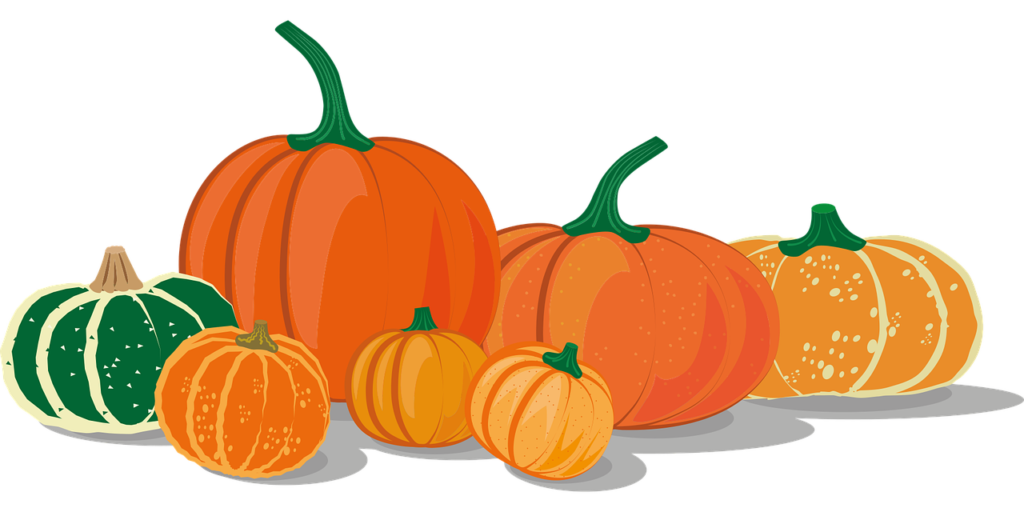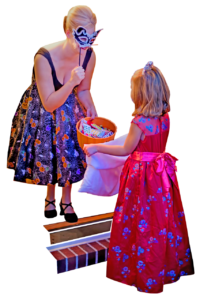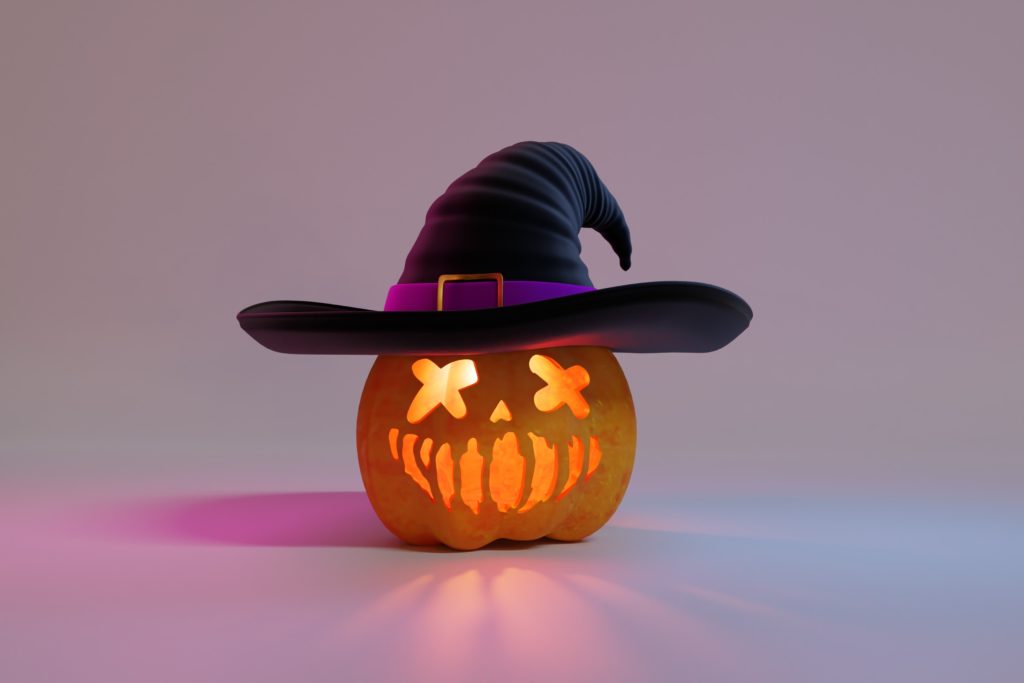There is so much to anticipate during this frightfully enjoyable October holiday, from brainstorming spooky costumes to trying out pumpkin carving ideas with our children, consuming unfathomable amounts of Halloween sweets, candy, and chocolate, and indulging in everything pumpkin-spice-flavored.
Regardless of your age or how many times you’ve gone around the block, the holiday never gets old. The smallest children get to dress up and go trick-or-treating, while parents can indulge in a boozy Halloween cocktail.
However, amid the Halloween party activities and sugar rushes, have you ever wondered about Halloween’s origins and history?
We’re sharing the history and significance of Halloween in the hope that it will enhance your festivities. After all, this traditional festival stretches all the way back many, many years. It is far older than you may believe! And what about the witches and wizards with whom you’ve been acquainted? They, too, are a part of the story. This is the true story of how Halloween came to be.
You’re probably already aware that Halloween occurs on the final day of October, but here’s something you may not be aware of: The term itself literally translates as “holy evening,” and was previously referred to as All Hallows’ Eve by early European celebrants. Both All Hallows’ Eve (October 31) and All Saints’ Day (November 1) honor saints (“hallows” = saints). The word was later abbreviated to “Halloween,” which we still know and enjoy.
However, the pagan and Christian occasions were not necessarily consecutive. Until the seventh century CE, All Hallows’ Eve was observed on May 13. Perhaps in an attempt to balance the occasion with a religious festival, Pope Boniface IV eventually called for the commemoration to be moved to its current November 1 date.

What Is the Purpose of Halloween on October 31?
Halloween occurs on October 31 due to the ancient Gaelic holiday of Samhain, which is considered the earliest known origin of Halloween. It was a vital time of year when the seasons changed, but more importantly, watchers believed the veil between this world and the next grew particularly thin at this time, allowing them to communicate with the dead. This belief is mirrored by a number of other cultures; a similar concept is cited in connection with the Jewish holiday of Yom Kippur, which comes in October and involves praying for the deceased. This is also the origin of Halloween’s “haunted” overtones.

Halloween Activities Throughout History
Samhain, the early pagan celebration, comprised numerous ritualistic procedures to establish contact with spirits, as the Celts were polytheistic. While little is known about these rituals, many believe the Celts wore costumes (granted, they were likely as rudimentary as animal hides) to ward off ghosts, ate special feasts, and fashioned lanterns out of hollowed-out gourds (thus, the origin of jack-o’-lanterns). Over antiquity, when Christianity took over and the holiday’s pagan overtones were diminished, the holiday’s fundamental traditions remained a part of mainstream culture year after year; they merely developed and modernized.
Historically, magical rites evolved into more lighthearted amusement and games. For instance, the more heinous concept of interacting with the dead was abandoned in favor of the more whimsical concept of foretelling the future. Bobbing for apples, for example, became popular on All Hallows’ Eve as a fortune-telling game: Apples were chosen to represent all of a woman’s suitors, and the guy—er, apple—she ended up biting into was reputedly her future husband. Indeed, Halloween was a significant (though somewhat superstitious) matchmaking opportunity for young ladies in the nineteenth century.
Another common All Hallows’ Eve tradition was mirror-gazing in the hope of seeing a glimpse of their future. Additionally, there are accounts of fortune cookie-style rewards being distributed in previous periods. Individuals penned messages on scraps of paper with milk, which were then folded and placed inside walnut shells. The shells would be roasted over an open flame, causing the milk to brown just enough for the receiver to see the message appear mystically on the paper.

Halloween Costumes and Trick-or-Treating History
Numerous people were claimed to dress up as saints and go door to door reciting hymns or poetry. Additionally, children would go door to door requesting “soul cakes,” a dessert resembling biscuits. Technical note: Soul cakes started on November 2 as part of the All Souls’ Day holiday (yeah, a third holiday! ), but subsequently got associated with Halloween night as the concept expanded into trick-or-treating. In the early to mid-1900s, the candy-grabbing concept became popular in the United States, when families would feed delicacies to youngsters in the expectation that they would be immune to Christmas pranks.
Costumes, likewise, evolved. While they began as sincere honors to saints, that tradition almost certainly fell out of favor… until young Scottish and Irish pranksters revived the practice of dressing up in frightening attire in order to startle unsuspecting neighbors. And just like that, Halloween costumes became terrifying, eerie, humorous, and inventive all at the same time, courtesy of these local hooligans.

How Halloween Is Now Celebrated
While Halloween is clearly still a popular festival in America today, it nearly did not make over across the Atlantic. Puritans were opposed to the holiday’s pagan origins and hence abstained from celebrations. However, as Irish and Scottish immigrants began to come in greater numbers in America, the holiday re-entered the zeitgeist. The very first Halloween celebrations in colonial America included big public gatherings to welcome the approaching harvest, tell ghost stories, sing, and dance.
By the early twentieth century, Halloween was believed to be celebrated by the majority of (candy-loving, costume-wearing) individuals across North America. And once again, on October 31, we’ll all be eating our favorite candy and admiring our neighbors’ decorations—and the only terrifying spirits we’ll be discussing are our friends’ witch and ghost outfits.
Check out our other Blogs here.
